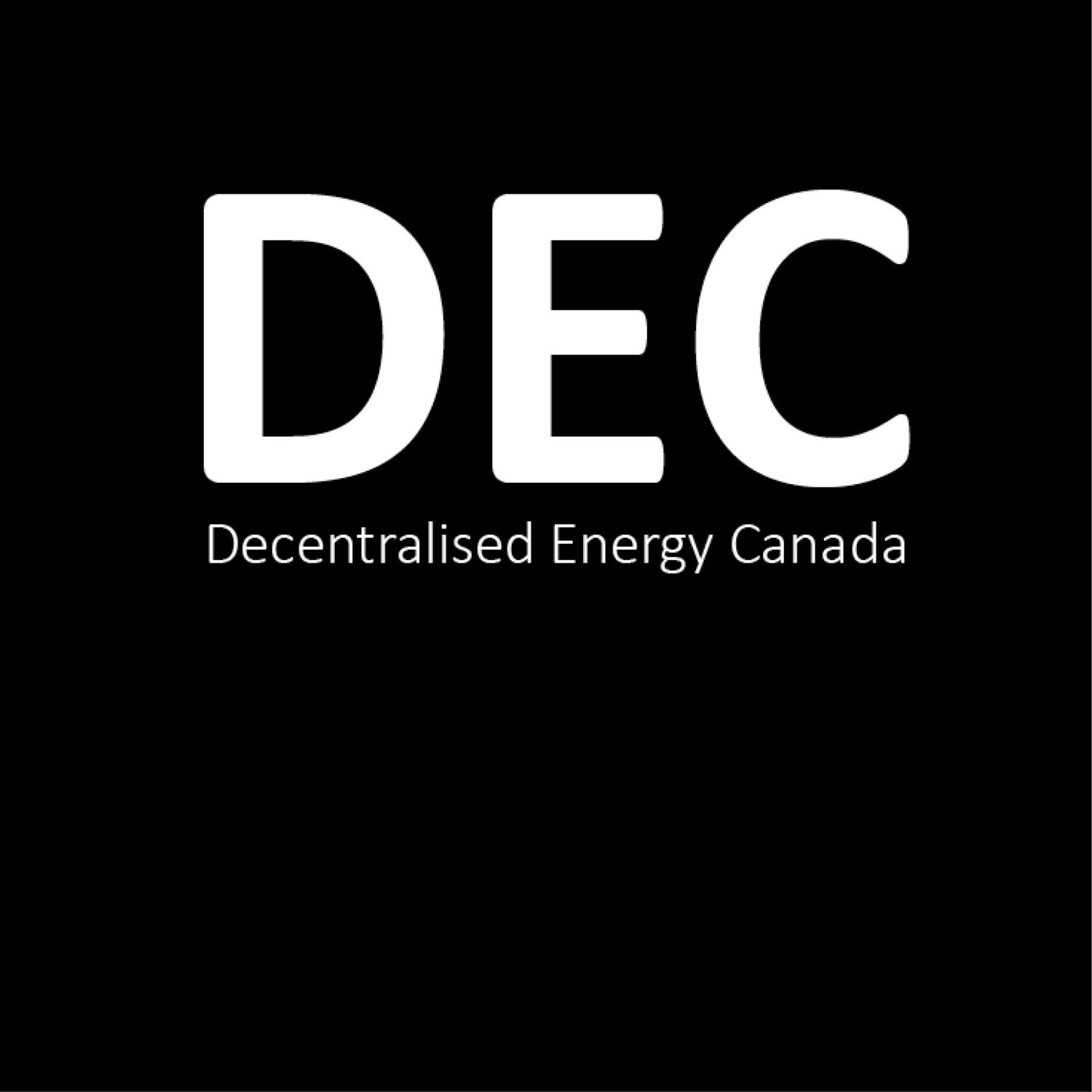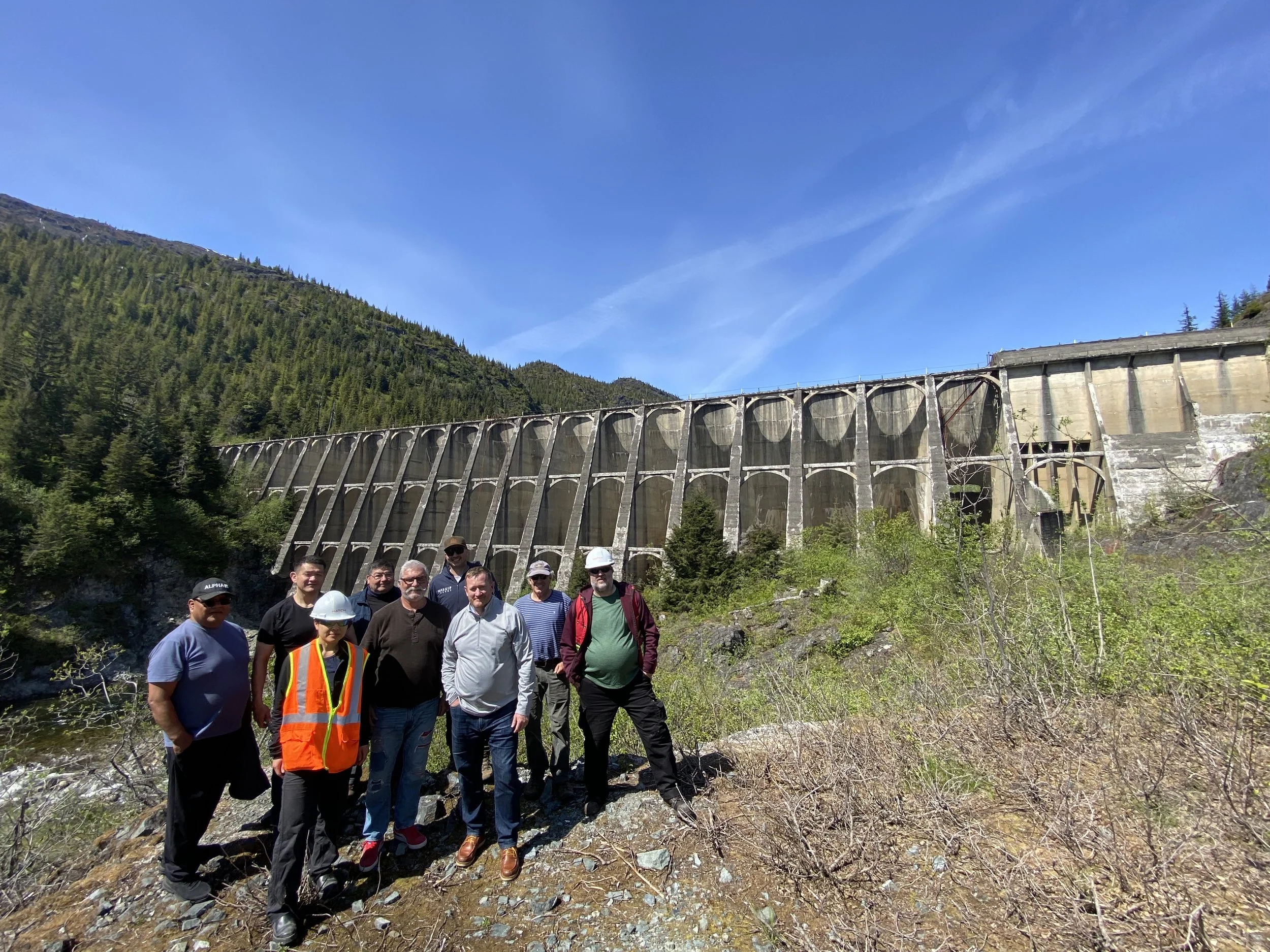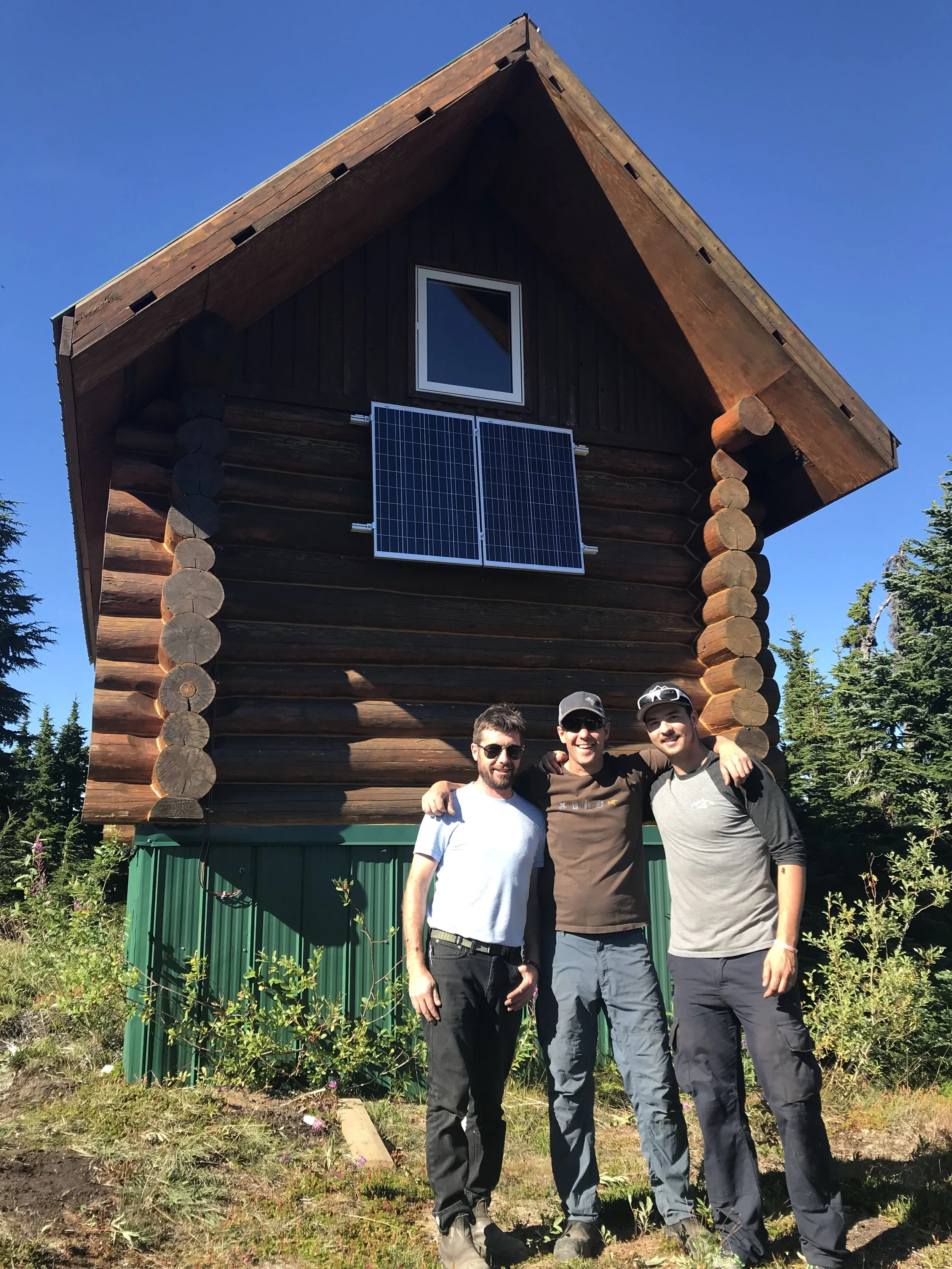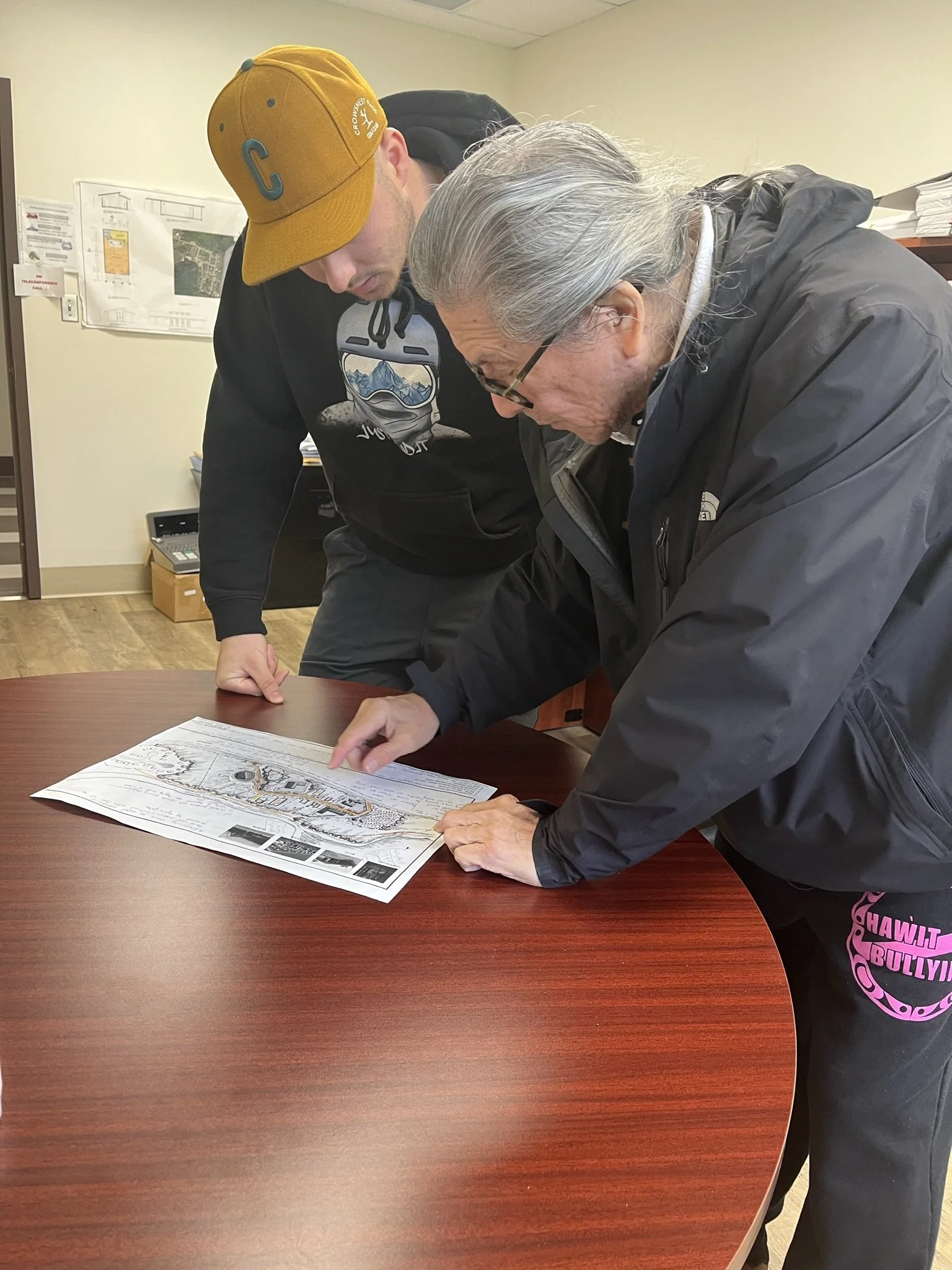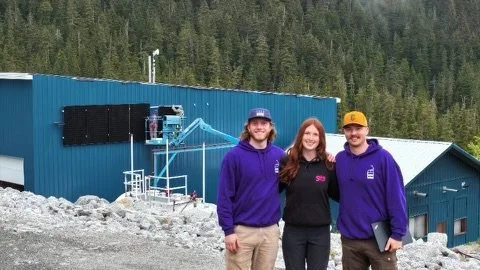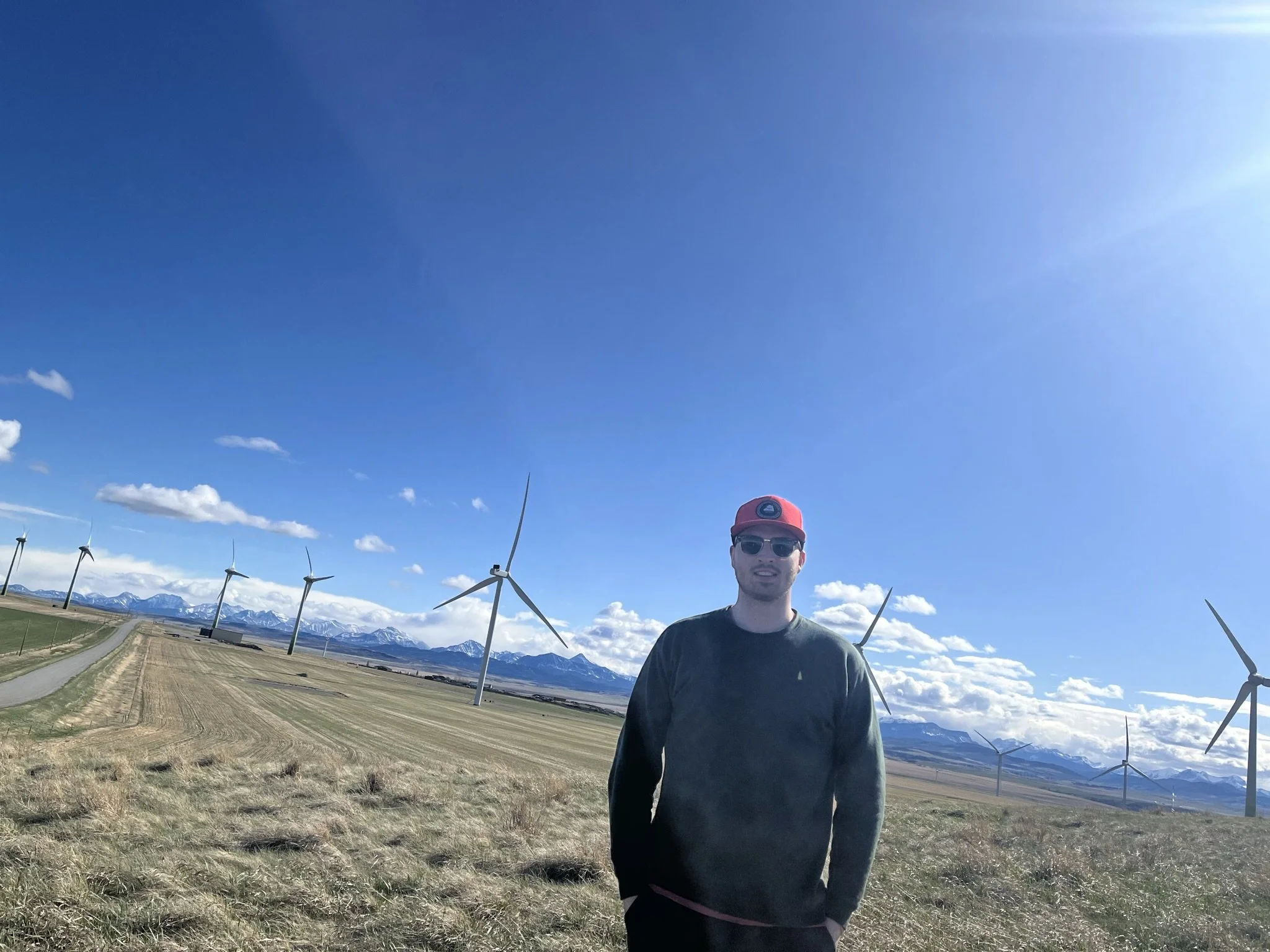Massif Energy: Partnering with Communities to Power a Sustainable Future
Source: Patricia Faucher | · DEC · | January 2025
Growing up surrounded by the beauty of the mountains, rivers, and forests of northwest British Columbia, Tristan Walker witnessed the slow environmental degradation of his surroundings, sparking his interest in sustainability. Initially, Walker pursued a degree in Aerospace Engineering in Ontario but realized his passion lay in overseeing large-scale projects rather than the minutiae of aerospace work. In his third year of university, he launched a sustainable apparel brand that helped fundraise for community energy projects, providing him with practical experience in project design and management. DEC sat down with Walker of Massif Energy to discuss his startup mission, projects, and how small steps can lead to big change for communities in search of energy independence.
Our purpose is to help municipalities, Indigenous organisations, and small businesses navigate the energy transition. Massif provides end-to-end services and support, including goal-setting, funding acquisition, project management, procurement, and impact verification.
- Tristan Walker
What is the story behind Massif Energy?
I worked on five separate projects from that third-year university startup over a span of five years, including installing solar panels and batteries for backcountry cabins reliant on propane, a lighting retrofit for a local co-op, and setting up solar-powered fish counters on Vancouver Island. After earning my Master’s in Sustainable Energy from Carleton University, I returned to BC and worked in energy management with various municipalities like Pincher Creek. I noticed that these smaller organisations had ambitious energy goals but lacked the capacity to execute them. This realisation led to the creation of Massif Energy, where our purpose is to help municipalities, Indigenous organisations, and small businesses navigate the energy transition. Massif provides end-to-end services and support, including goal-setting, funding acquisition, project management, procurement, and impact verification.
What’s your vision for Massif Energy?
Massif Energy’s vision is to generate energy independent of ongoing extraction activities. We aim to help organisations achieve energy autonomy by generating sustainable, independent energy using renewable sources like solar, wind, and hydro. Our goal is to empower our clients to adopt cleaner, cheaper energy solutions thereby reducing their reliance on external energy sources.
How do you define energy autonomy?
Energy autonomy is the ability of an individual or organisation to generate the energy they need to sustain their lifestyle, eliminating their dependence on external energy sources.
The most exciting part (of my work) is helping organisations achieve their goals! It’s rewarding to see ideas turn into tangible projects that provide long-term resilience for communities. Knowing that our work has a lasting, positive impact keeps me motivated.
- Tristan Walker
What sets Massif Energy apart?
Massif Energy provides cradle-to-grave support. Unlike conventional consulting firms that deliver plans and leave, we form long-term partnerships - from planning to funding, execution, and ongoing maintenance and support. Our goal is to ensure projects remain viable and manageable. Although we haven’t reached the decommissioning (end) phase yet, we aim to support the full lifecycle of our projects.
What types of projects do you work on?
Massif Energy has worked on hydro, solar, geothermal, wind, and various biomass projects using forestry byproducts. We also offer energy management services, focusing on reducing energy consumption, increasing efficiency, and integrating energy storage technologies.
What challenges and opportunities has Massif Energy faced?
Challenges vary by jurisdiction. In BC, projects must align with BC Hydro’s processes, while Alberta’s deregulated grid allows more flexibility. Low power prices in North America also discourage the adoption of geothermal and biomass technologies, which are more commonly found in Europe. However, co-benefits like job creation and the use of forestry byproducts make these projects incredibly valuable.
Massif Energy has worked on hydro, solar, geothermal, wind, and various biomass projects using forestry byproducts. We also offer energy management services, focusing on reducing energy consumption, increasing efficiency, and integrating energy storage technologies.
How do you start new projects?
We analyze utility bills to identify inefficiencies and model technical and economic improvements. For example, we conducted a renewable energy resource analysis for the Village of Laxgalts’ap through Boney Creek Development, aligning project goals with local priorities and creating an actionable plan.
How do you help clients secure funding?
Securing funding is one of our key services. We help organisations find grants, align opportunities with community priorities, and match them to previous planning work. We’ve also engaged private equity developers willing to support projects at various stages.
We support smaller organisations and communities that lack capacity.
How do you measure and verify project impacts?
We’re still in the project development phase, which we estimate to take between two and five years, depending on the project. For technologies like geothermal, it could take closer to a decade. Our focus is on the early stages of project development.
What are your goals for community impact?
Our goal is to support smaller organisations and communities that lack capacity. By enabling them to gain economic traction and autonomy, we hope to reduce their reliance on external influences and create sustainable growth through skilled labour opportunities and revenue-generating assets.
Do you think remote communities in Northern BC are underserved in energy security?
Yes. Many still rely on diesel generators, which increase emissions, negatively impact air quality, and are costly to transport. Even grid-connected communities often experience unreliable service, with frequent outages impacting food storage and livelihoods.
What’s the most exciting part of your work?
The most exciting part is helping organisations achieve their goals! It’s rewarding to see ideas turn into tangible projects that provide long-term resilience for communities. Knowing that our work has a lasting, positive impact keeps me motivated.
Is there anything else you’d like to share?
The idea that drives me is our duty to leave the world better than how you found it. Growing up in such a unique part of the world, I feel a responsibility to contribute to a better future, one project at a time.
The idea that drives me is our duty to leave the world better than how you found it. Growing up in such a unique part of the world, I feel a responsibility to contribute to a better future, one project at a time.
- Tristan Walker
